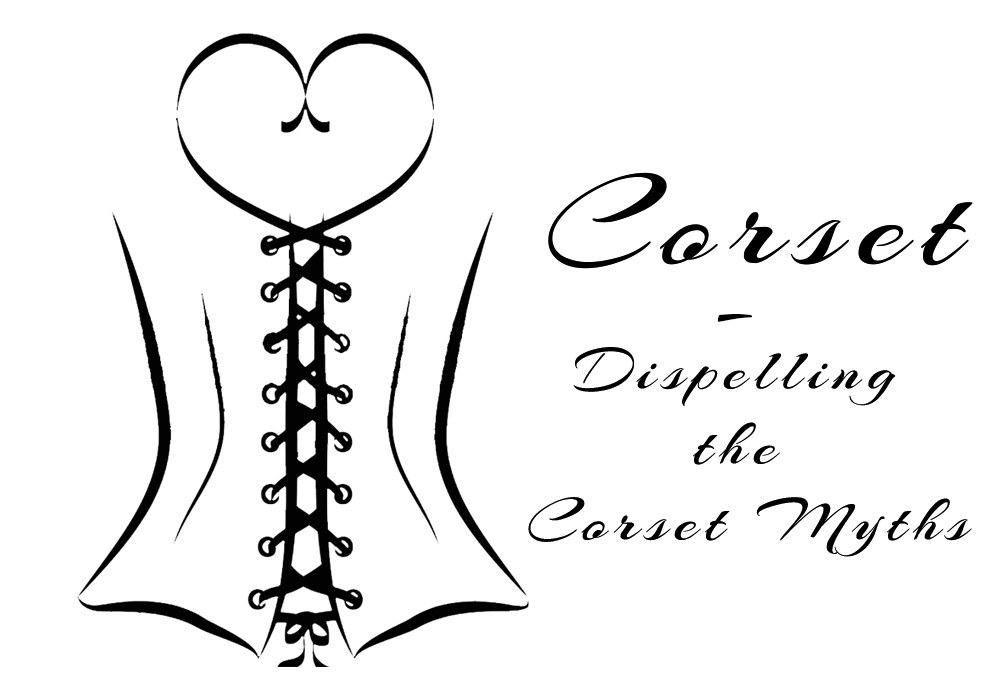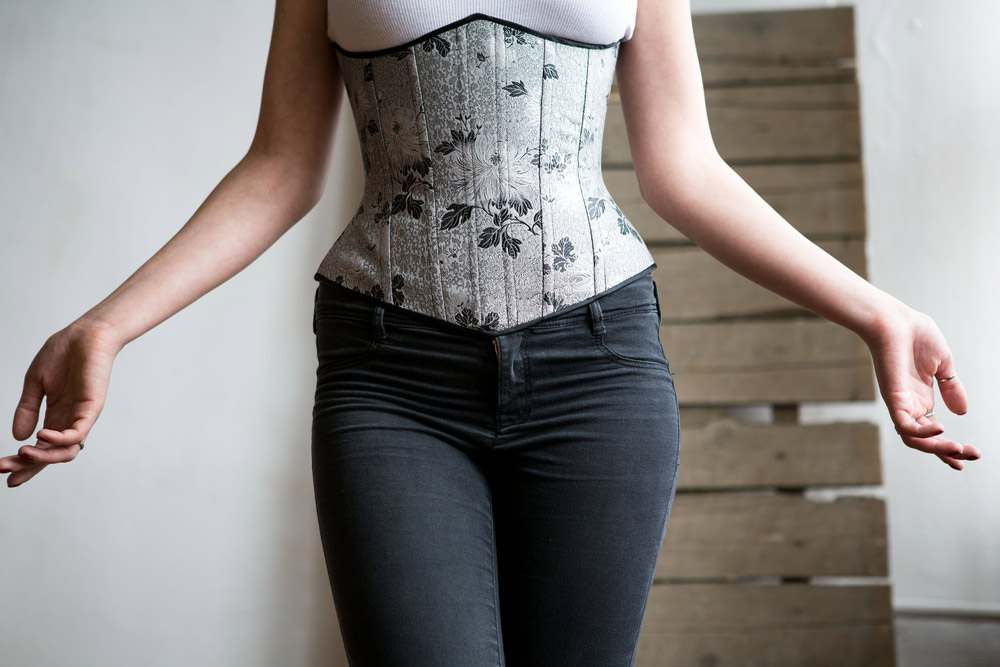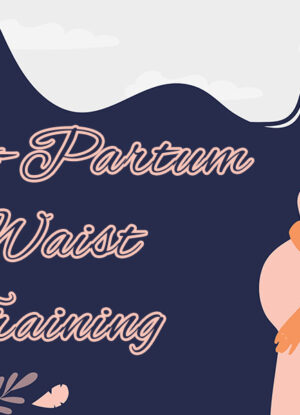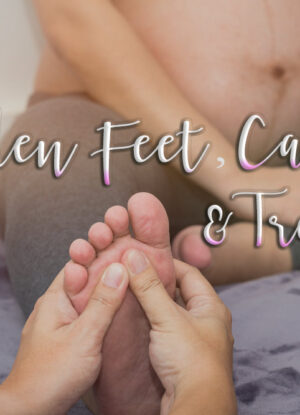No products in the cart.

Corset- What, Benefits & Dispelling its Myths
Permit us to take a moment to appreciate you. Yes! You, our amazing readers and clients. We appreciate your business, inquiries, and feedback on all our articles and products. Please keep them coming! We exist for you alone.
In this week’s article, let’s delve into dispelling the corset myths and arguments. Our inbox is spilling over the brim with questions regarding this particular fashion wear. Well, you have spoken, and we have listened as always. Let’s get right to it.
While some of the questions bother around the myths and curiosity about the corsets undergarments from earlier centuries (which are quite fascinating), other questions remain relevant even in today’s fashion world.
What are Corsets?
First, let’s be clear about what a corset is. A corset is a support garment usually worn to hold and train the torso into a desired shape. It can be worn as an undergarment or as an outer garment. It is worn to achieve the following effects: A smaller waist or larger bottom. For aesthetic or medical purposes (either for the duration of wearing it or with a more lasting effect). Support the breasts.
It is safe to say that every fashion ever designed takes its root or identity from the corset. Generally, corsets are wide belt-like garments that you wear around your midsection to slim the waist, flatten the tummy, and lift the bust. The term is used interchangeably with “girdle.” However, a girdle can come with a built-in pantry, while a corset generally does not.
Corsets come in a few different forms in modern times. The most popular is a waist cincher, also called a waist trainer. As you know, this garment provides slimming with latex panels that are pinned in place with closures at the front of the garment (such as hook-and-eyes, zippers, and Velcro).
But why the fascination with the Corset undergarments? Is it the ultimate garment in the shapewear fashion world? I already have a waist trainer; do I also need a corset? Is the corset effect permanent? Is wearing the corset injurious to my internal organs? Does the corset shift my organs? How can I maintain the Corset effect? Can I wear the corset with all kinds of dresses?
These and more are some of the questions we have received on corsets.
Brief History of Corset.
For nearly 500 years, women’s primary means of support was the corset, with laces and stayed made of whalebone or metal. Researchers have found evidence of the use of corsets in the Minoan civilization of early Crete. (Wikipedia)
The corset has evolved over the decades. At first, in the late 16th century, it was called “a pair of bodies”. A simple bodice, stiffened with the boning of reed or whalebone, could be an under or outer dress. At the initial design, a busk made of wood, horn, whalebone, metal, or ivory also reinforced the central front. In the 16th and 17th centuries, the corset could be a front or back lacing.
In the late seventeenth century, the English term “pair of bodies” was changed to “stays,” which was generally used during the 18th century. The term ‘stays’ was probably used to connote how restrictive though instantly shapely the garments were at the time. Stays drastically turned the upper torso into a cone or cylinder shape.
Stays or Corsets evolved again in the 18th century, during which whalebone for boning became a constant and, in fact, a reference for quality. This period also saw an increase in boning in the making of the garment.
The shape of the stays changed as well in this period. They were low and wide in the front; they could reach as high as the upper shoulder in the back. Stays were designed to be strapless or to use shoulder straps. These straps were generally attached in the back and tied at the front.
The purpose of 18th-century stays was not just for fashion but to support the bust and confer the preferred conical shape while pulling the shoulders back. The laces were spiral at this time. One end of the stay lace was inserted into the bottom eyelet and knotted, and the other end was wound through the eyelets of the stays and tightened on the top.
Tight-lacing was not the primary function of stays or corsets at that time. This function was not possible until metal eyelets were introduced in the mid-1800s. Women of all levels of society wore stays or corsets, from ladies of the court to street vendors.
The term corset was not introduced until the late 20th century; the fashion industry has borrowed the term “corset” to refer to tops which, to varying degrees, imitate the look of traditional corsets without their function.
On the other hand, these modern corsets and corset tops often feature lacing or boning and generally imitate a historical style of corsets. Authentic corsets are usually made by a corsetmaker and are fitted to the individual wearer.
There’s a reason the practice of wearing a corset has been around for hundreds of years. When it comes to creating feminine curves, corsets perform.
Corset Description

The classic corset style, “steel-boned corset,” doesn’t use latex to compress to midsection; rather, it is designed with a lace-up back that is pulled tight. The bodice is constructed with satin, cotton, or even mesh, with flexible steel boning to keep it in place.
Also, note that different forms of corsets can come in either underbust or overbust styles. Overbust styles are used for costuming and sometimes in formal/bridal attire. In contrast, underbust styles are useful for everyday corset wear and slimming effect pursuits.
There is some confusion because a lot of these terms for corsets are constantly used loosely and interchangeably. For this article, we’ll mainly refer to the underbust steel-boned corset, which is the classic style used for corseting as described above. Plus, we’ll also refer to latex cinchers and vests when relevant.
Modern-day corsets look a little different, but they function the same. Having said that, since not everyone wears them anymore, there are a lot of misconceptions or myths out there about what corsets CAN and CAN’T do.
Now we have a general understanding of a Corset, Let’s dispel some of the myths. Here’s the truth about what a corset can do to your body.
How Does Corseting Work?
Now that we’re clear on what a corset is let’s talk about how one works. When you wear any corset style and fasten it very tight, you’d experience the instant effect of it slimming your midsection. This is why some people prefer to use corset-style garments for special occasions or certain attires.
However, this is not the only way to experience the benefits. Avid corset wearers like to follow a regimen called waist training (or corseting, especially if you’re using the steel-boned corset). This is the constant practice of wearing a corset-style garment daily for at least 8 hours.
You can waist train with the under-bust steel-bone corset or a latex cincher, as you wish. The purpose is to provide slimming support every day. Remember to combine this regime with a healthy lifestyle and diet to support your long-term slimming goals.
There are various ways this works:
The waist training via corsets works by stimulating heat and sweat in your core. This is especially helpful when working out, which is why workout waist trainers are popular among our clients.
A corset in combination with other effects works together to help you reach your goals. It supports your posture and poise, plus helping your clothes fit better. These seemingly simple effects improve your self-confidence and keep you motivated to stick to your healthy lifestyle.
In addition, you are reminded to keep your portions small since your waistline won’t be able to expand as much when under tight compression.
Pro-Tip: Do not compare your corseting experience with that of others. Everyone’s experience is a little different when it comes to corseting results. It all depends on your mindset, body type, goals, lifestyle, and commitment to the practice.
So What Exactly Does a Corset do to Your Body?
As stated earlier, there are many misconceptions and myths about the question of what a corset is, is not, or what it does to your body? Does it hurt anything? Does it shift your organs? Does it
cause permanent change? Is the corset effect permanent? Is wearing the corset injurious to my internal organs? Can I wear the corset with all kinds of dresses?
A corset can be an amazing asset for your figure if you wear it properly. That is what it’s designed to do: instantly slim your midsection to give you well-defined hourglass curves.
What about prolonged use?
Suppose you wear a corset as part of a corseting routine (8–12 hours a day). In that case, a properly-fitting corset only provides compression around your midsection, resulting in increased heat and sweat. It also corrects your posture in a straighter position for the duration.
****Any discomfort or pain while wearing a corset signifies that the garment does not fit properly; remove it immediately. You may experience heat while wearing one, especially during an intense workout or in a warmer climate. Again, we recommend removing your corset if you experience too much discomfort.
Another concern or myth is whether a corset “shifts” or “moves” your organs. This is a tricky question because your organs are perfectly fine if they move around a bit. They are soft tissue (not glued to a spot), and that is completely normal.
Also, they shift (quite often) when you eat a large meal, go for a run or jogging, have a full bladder, drink a lot of water, or are pregnant. That doesn’t mean they are going to go gyrating out of place.
Compression from any corset is naturally going to put some gentle pressure on your midsection (that’s how it works). The biggest effect you’ll notice is that you feel constricted to eat a large meal. Your stomach won’t be able to expand otherwise. This proves to be helpful to limit your portion sizes for weight loss!
As far as the myth on permanent changes goes, a corset does not cause any permanent changes on its own. Once you take a corset off, your midsection is going to revert to its natural shape.
Having that in mind, in the long-term, if you combine wearing the corset with a healthy lifestyle like regular exercise, a positive mindset, and a nutritious diet, you may begin to see changes in your curves. But the corset alone is not going to transform your body permanently into something it’s not.
Our Corseting Best Practices
Now that we have a broad foundation for corsets, it’s important to use a corset as directed.
First, do not rush your waist training regimen. If you’re practicing regular waist training, start with shorter increments. Allow time for your body to adjust; If your corset is steel boned, it also needs time to break in.
Keep this tip in mind if you plan on wearing a corset for a special event. Don’t just throw on the garment on the day of the event. Break it in the same way you would with a pair of shoes. Let it mold to your torso.
Only wear your corset for an hour or two for the first time; if it has a lace-up back, don’t pull the laces all the way tight. You can fully tighten the laces after the garment is seasoned and molded to your torso. (check after about two weeks of wearing it 1–2 hours a day).
Waist training with latex garments is a bit different when you’re first starting. Gradually increase the time you wear one each day. After a few weeks, you should be comfortable wearing it most of the day.
The goal is to wear a corset for at least 8 hours a day plus the right lifestyle changes to get the best results for waist training. You can alternate between garments, especially if you plan on wearing a workout waist trainer while you exercise.
Do not wear your corset for more than 12 hours a day. Your skin, spine, and core need a break from compression so they can rest and breathe. The same thing, if you wear the same corset every day, it needs a break too.
Lay your corset on a hanger in a well-ventilated area (not in direct sunlight) so that it can air out and retain its shape.
Any Other Questions, Concerns, or Myths?
As fashion trends continue to evolve, it is clear that there’s a lot to learn regarding waist training and corseting. Also, more myths will be busted, but whatever your style preference is, always seek accurate information on the garment before investing in them.
With all the information you now have about corsets, you can go ahead and make an informed decision whether to add this garment to your collection or not.
Finally, your choice will depend on your needs and goals. Remember to maintain a healthier lifestyle and make the correct changes to enjoy the long-term benefits of the corset.
It is always a pleasure to see your transformations plus; we are happy to help with all of your questions and concerns. Please keep them coming!







Bill Broadhurst
I’m male and have been wearing corsets for over 30 years. I have my corsets made to measure, under bust hourglass styles. They give me a great posture and are very supportive both physically and mentally.